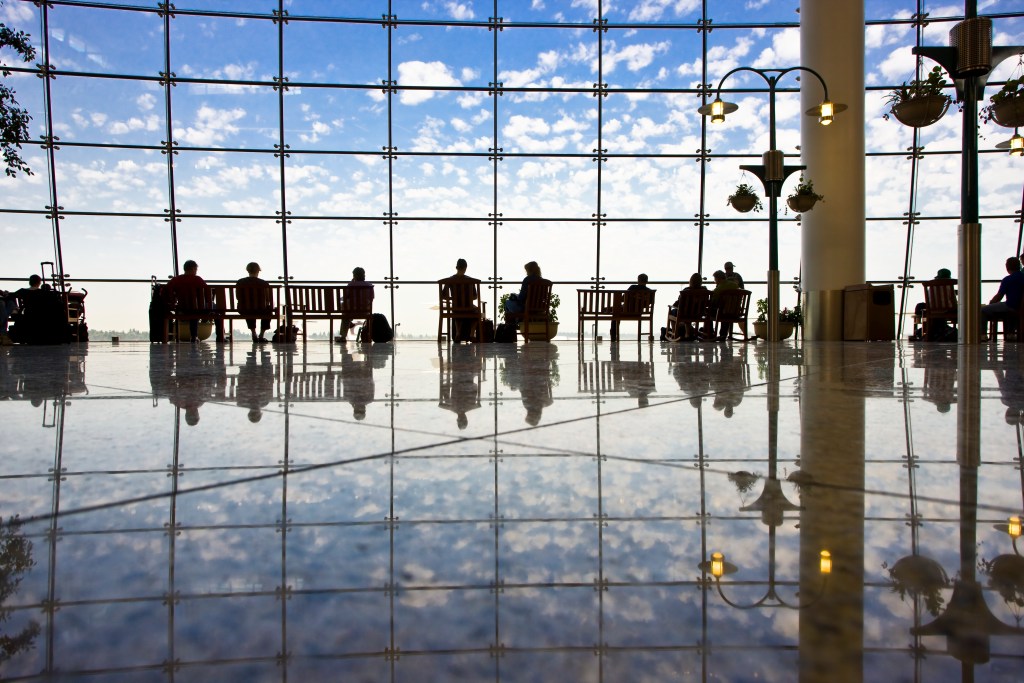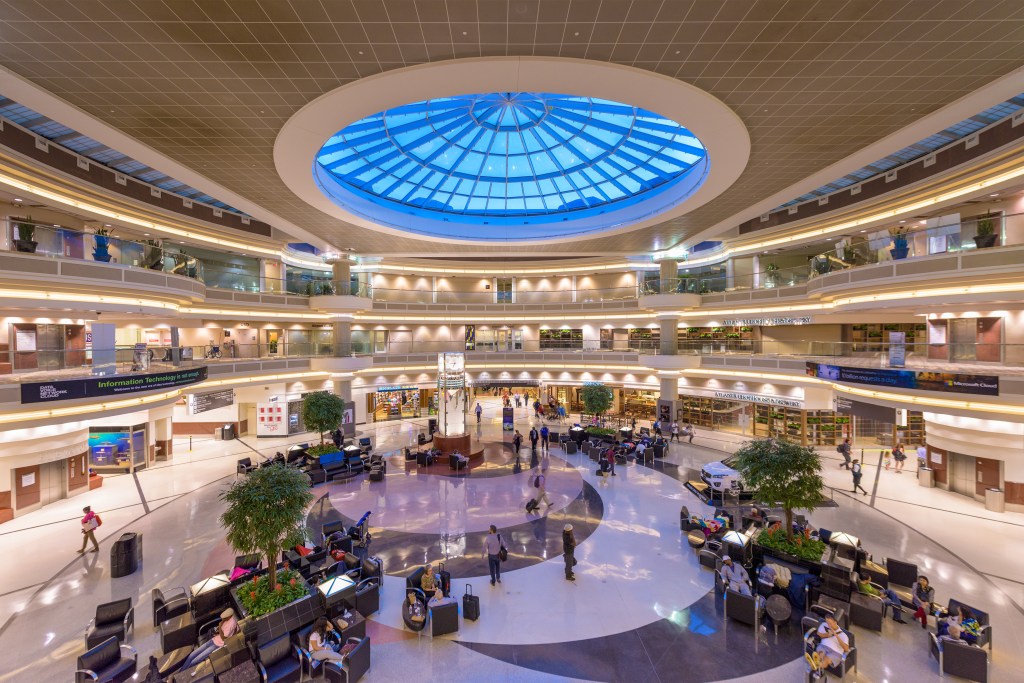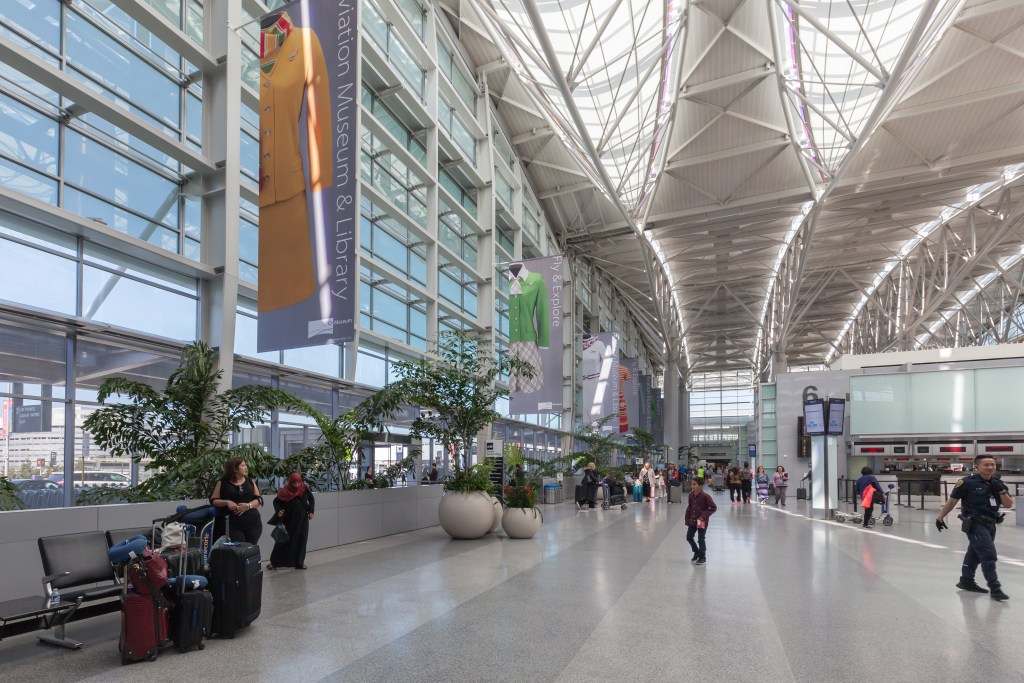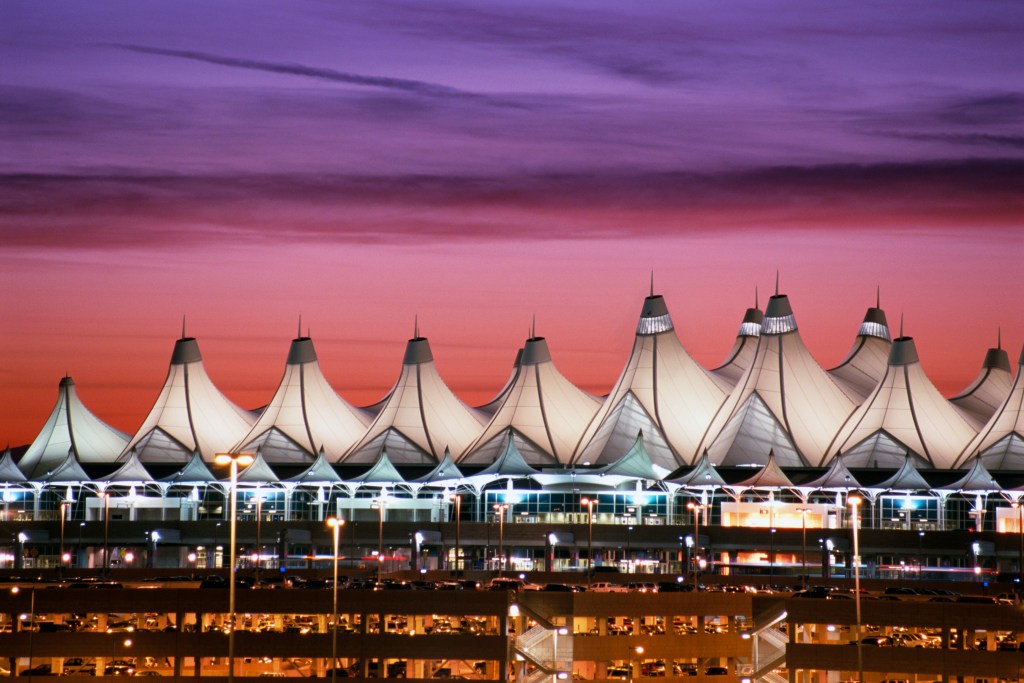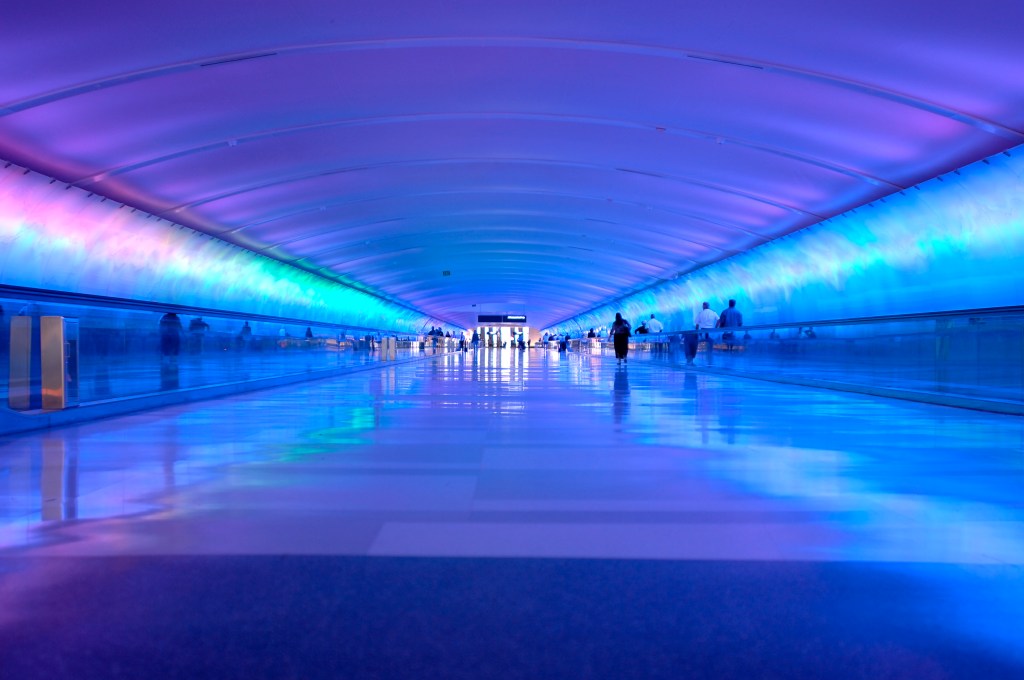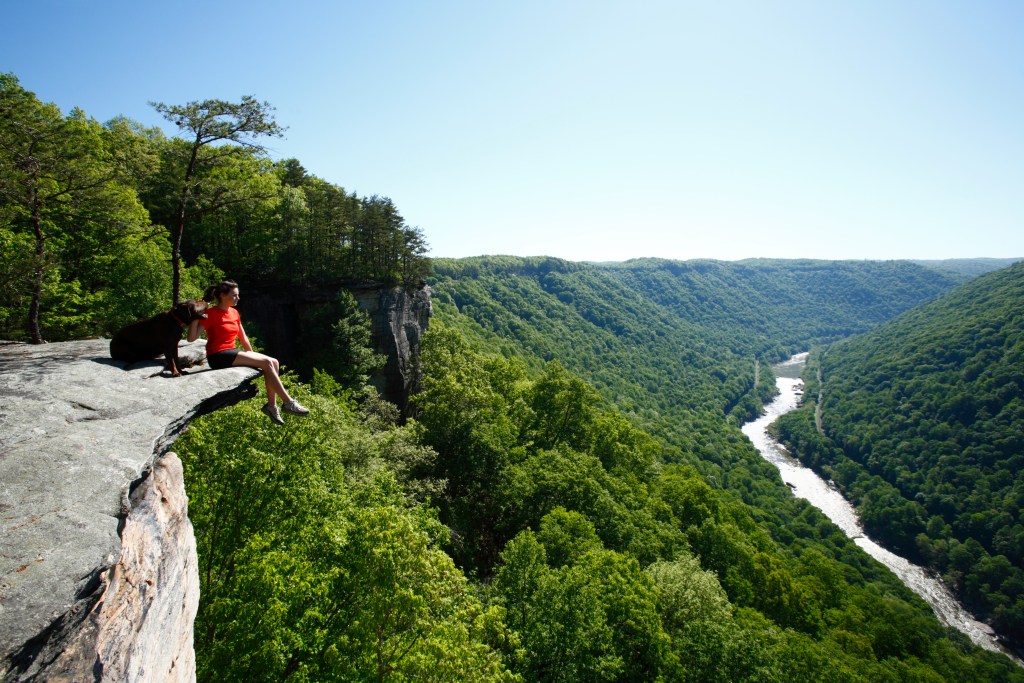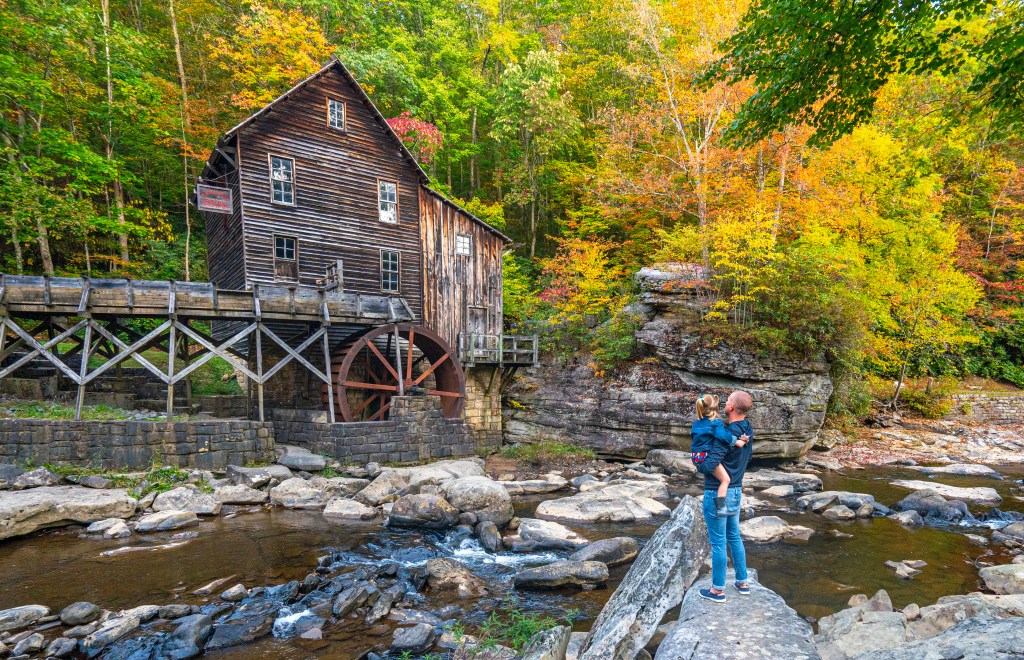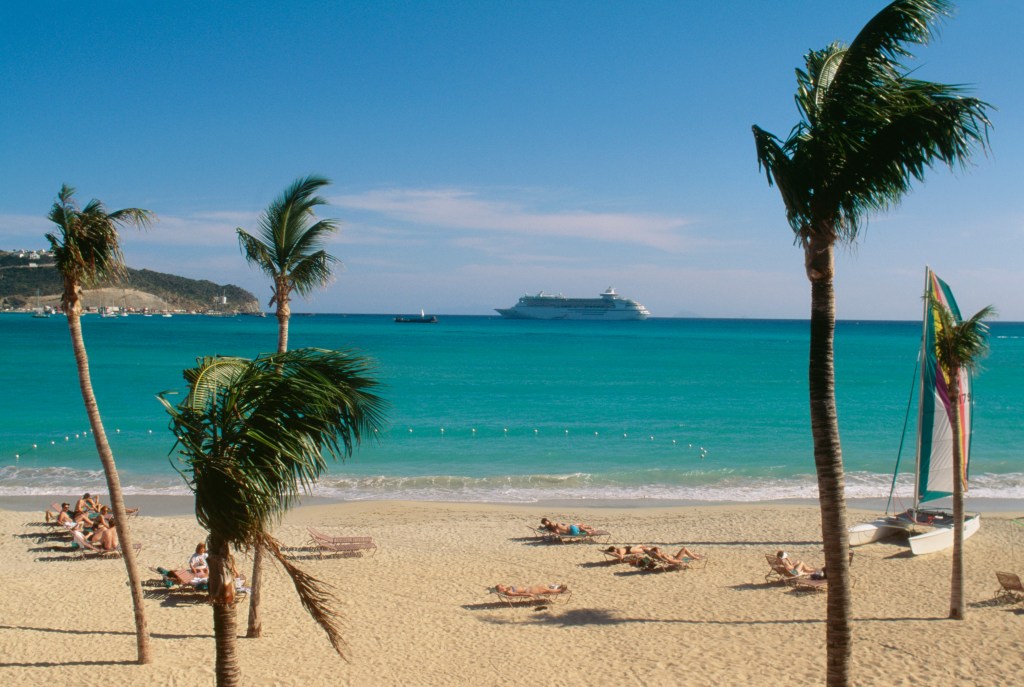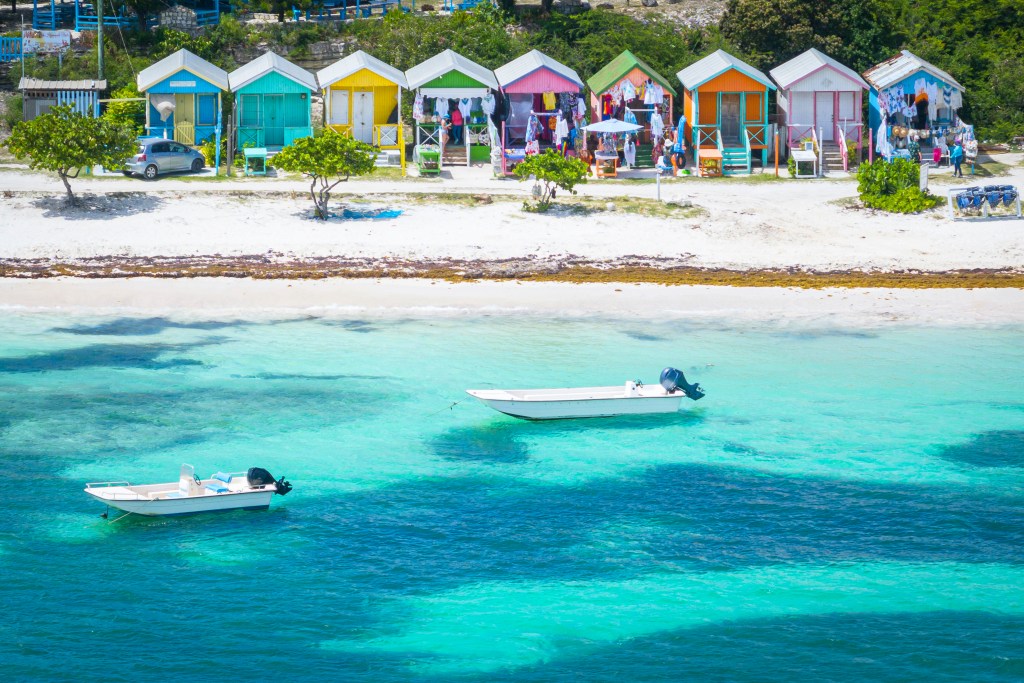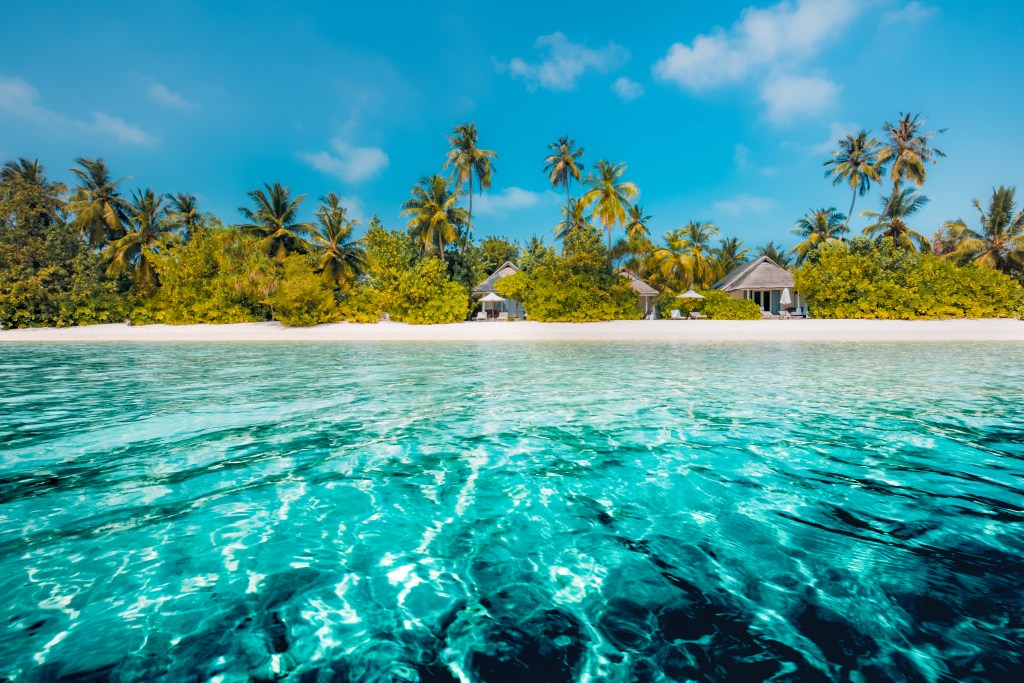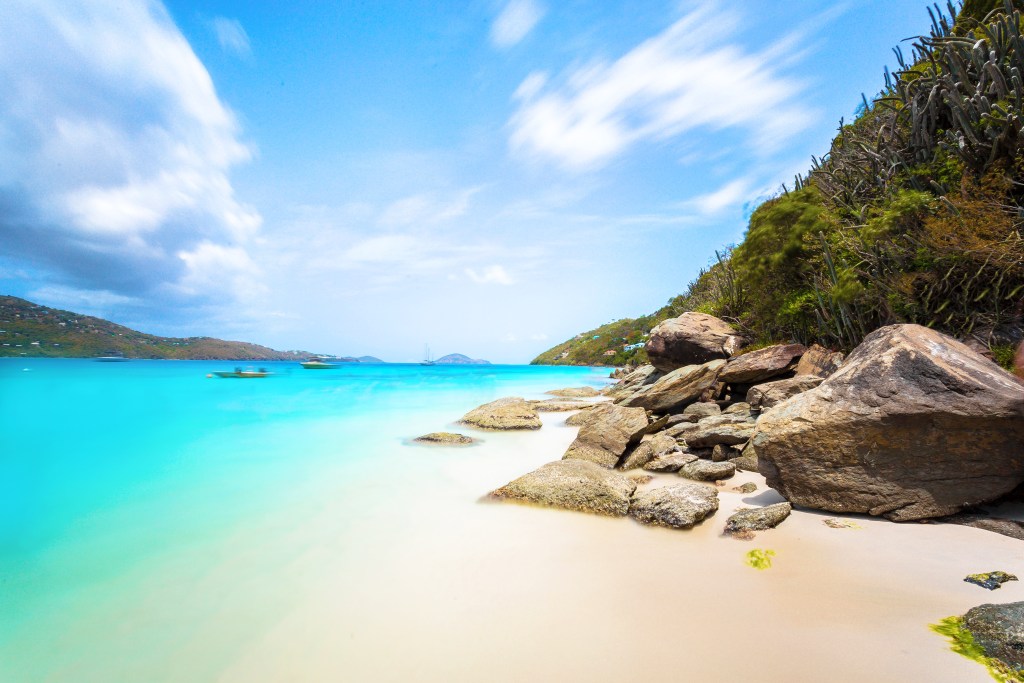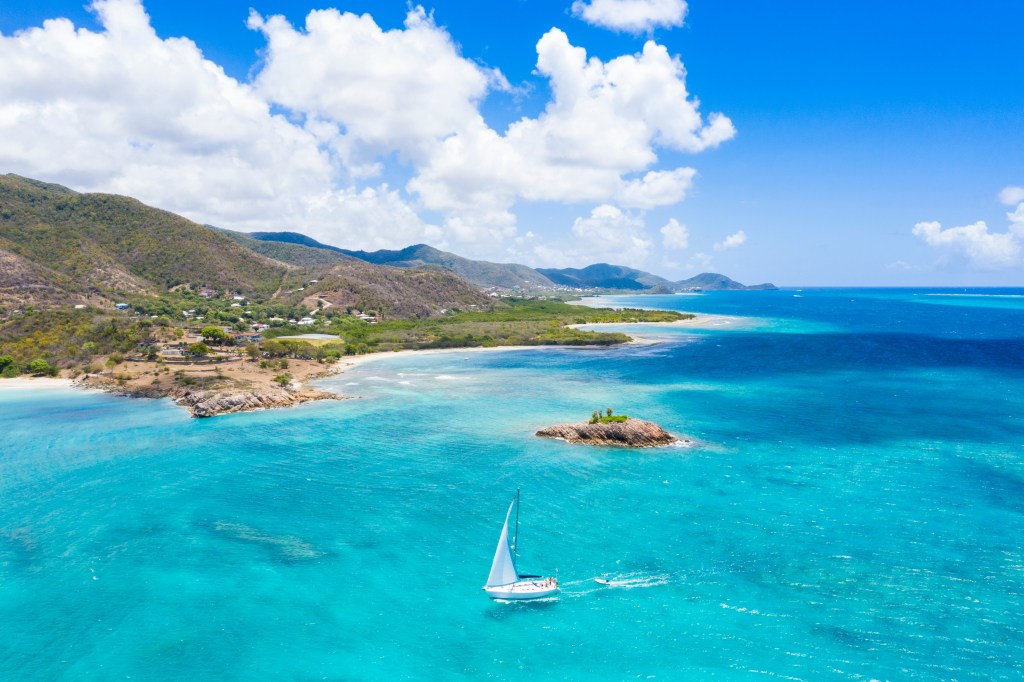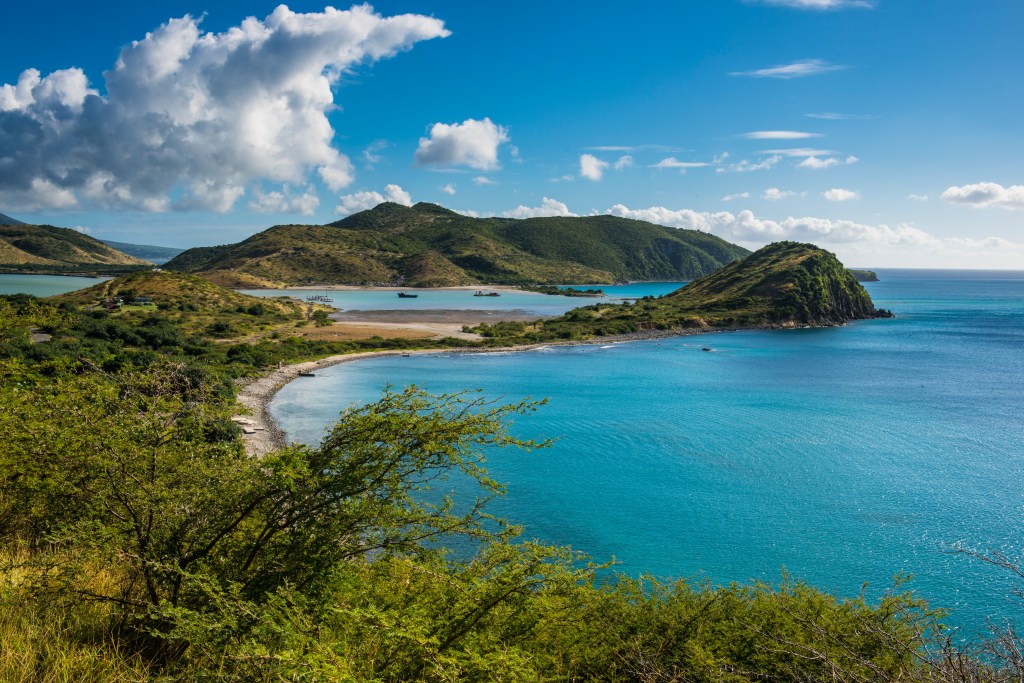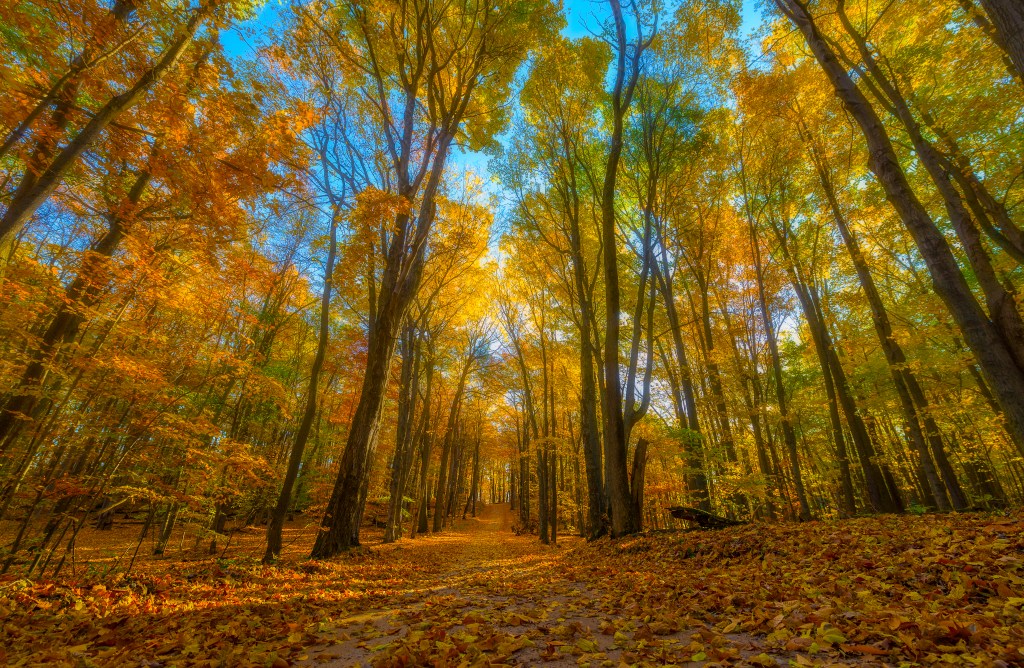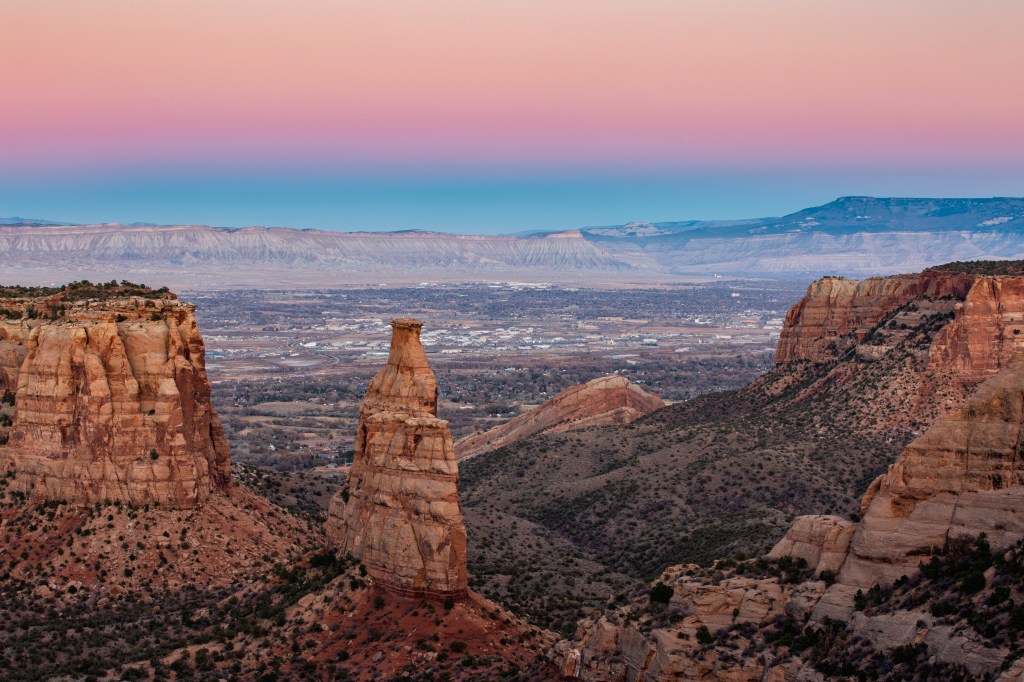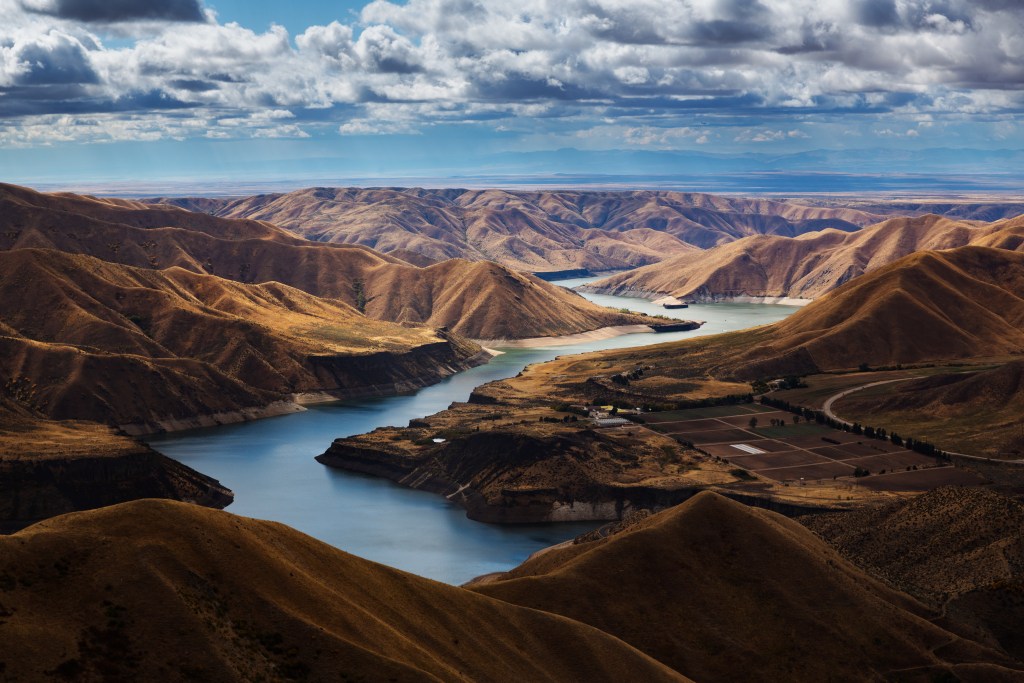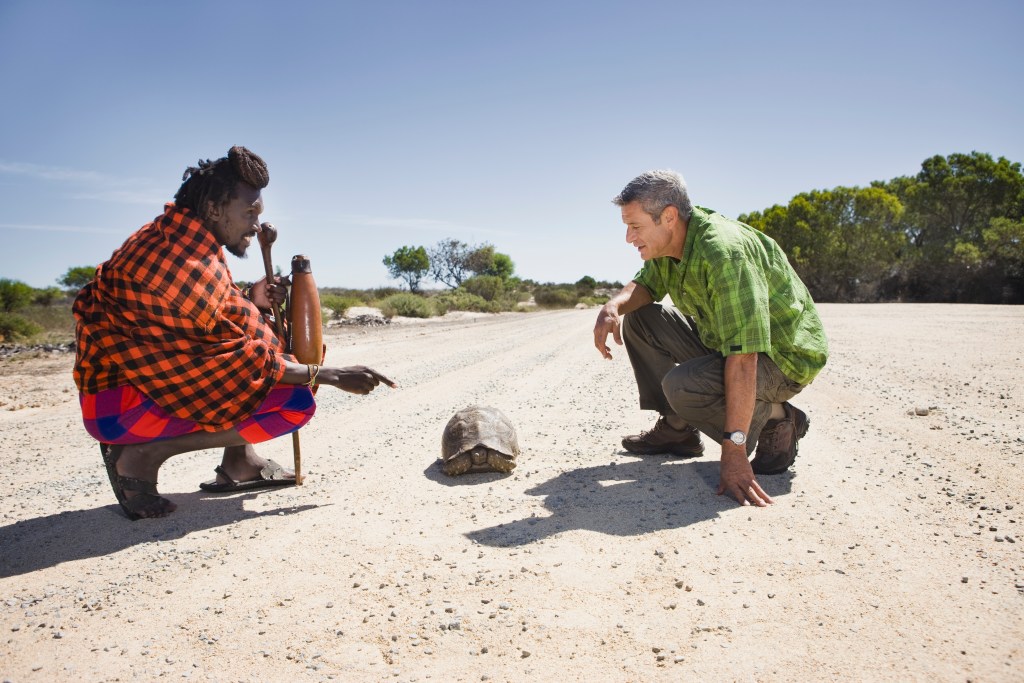No matter the season, British Columbia is an outdoor adventurer’s dreamland.
Known for its rugged coastlines, diverse landscapes, and range of activities, you can climb the mountains and cruise across the sounds in British Columbia at your own pace. That being said, spring is a time when the province comes alive.
With warming weather, you can hike, kayak, mountain bike, and more without facing harsh temperatures.
Still, you don’t face the more humid summer months. There are even spring-specific activities at your fingertips, such as watching black bears wake up from their slumber. (We’ll get to this below.)
But which cities and regions in British Columbia offer the best way to soak up spring’s natural wonders? If you’re hoping to get outdoors in spring, start planning your trip to the province.
Top 5 places in British Columbia to visit in spring: shortcut
- Whistler: mountain views and alpine activities
- Squamish: a climber’s paradise
- Nakusp: hot springs, camping, and more
- Kelowna: the winery gateway
- Desolation Sound: remote water adventures
Best places in British Columbia to visit in spring
Whistler: mountain views and alpine activities
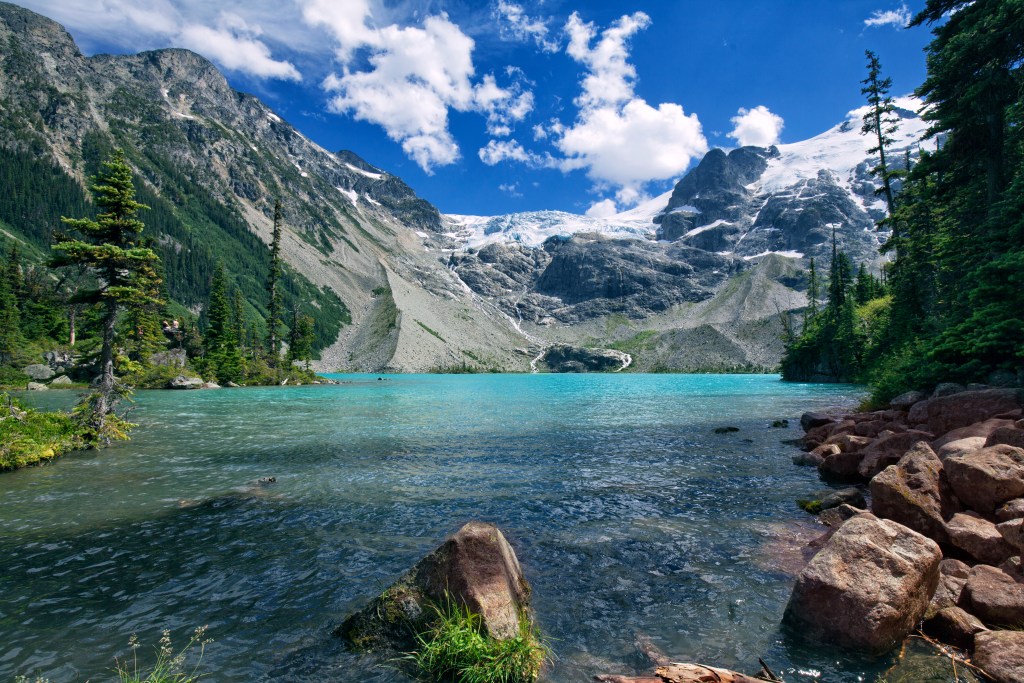
Whistler is one of British Columbia’s most exciting resort towns. Located in the Coast Mountains Range, it’s mostly known as a premier skiing and snowboarding winter destination—or as a dreamy summer getaway. But you’ll have plenty to do in spring, and fewer crowds to contend with.
The bear safari mentioned above is one of Whistler’s coolest spring activities. Along with hiking and tobogganing, you can also mountain bike, golf, fish, and even outdoor yoga. With a dramatic mountain backdrop, you might even feel like you’re in the Swiss Alps at times.
Here’s where to stay in Whistler and what to do.
Squamish: a climber’s paradise
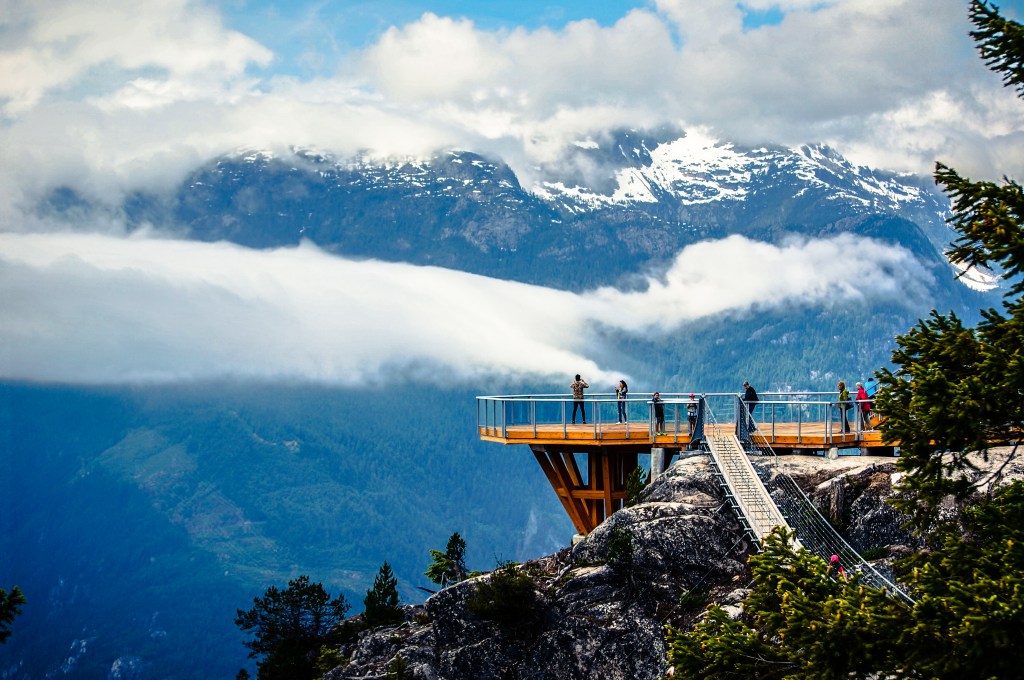
Though the views aren’t quite as dramatic, Squamish is located in a valley that showcases the surrounding mountains, including the famous granite massif called Stawamus Chief.
And speaking of rock formations, Squamish is a top destination for rock climbers and boulderers thanks to its granite cliffs, mountains, and bluffs.
Even if climbing isn’t your thing, you’ll find plenty to do in Squamish. Hiking is a popular pastime, with hotspots like Shannon Falls and Murrin Park coming alive when the weather gets warm. You can also kiteboard and windsurf in the city’s ports, or go rafting down the Elaho River.
Here’s where to stay in Squamish and what to do.
Nakusp: hot springs, camping, and more
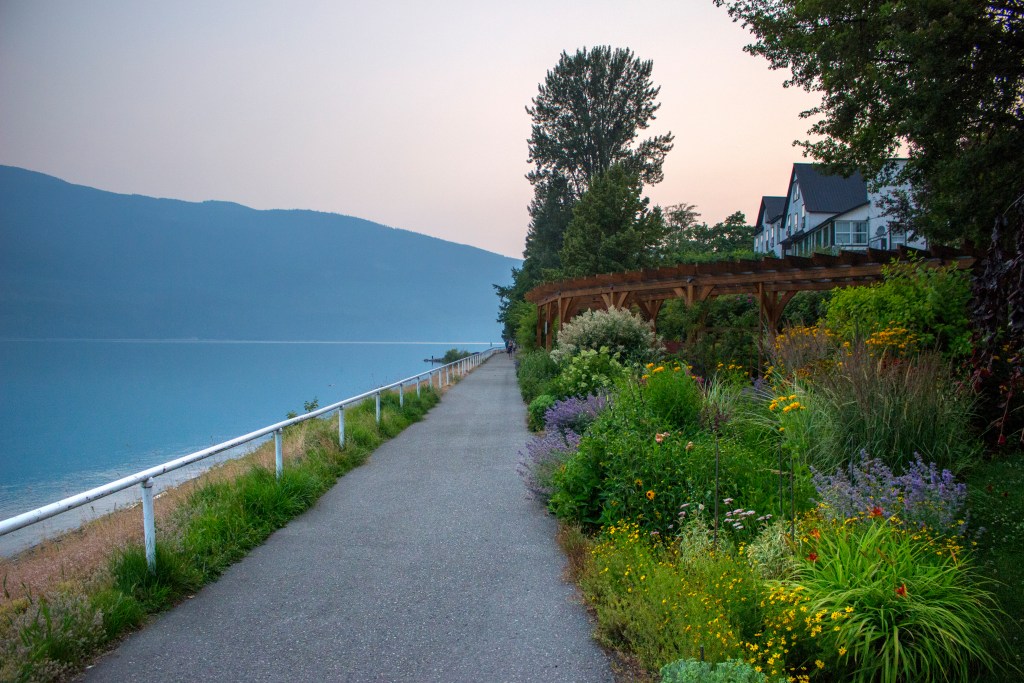
Nestled in the Kuskanax Valley, Nakusp is a gorgeous inland, lakeside destination that teems with life in spring. The area is most famous for its hot springs, which include one natural mineral spring and two developed sites. I’d highly suggest spending a day (or five) at Nakusp Hot Springs.
But you’ll also have plenty to do at North Arrow Lake. Whether hiking around the waterfront or sprawling out at the lakeside beach, there are dozens of ways to enjoy the water. But you can also camp at one of the area’s many campsites—or go big with a chalet rental. Just keep in mind that Naksup is one of the quieter destinations on this list, so be prepared for plenty of downtime.
Here’s where to stay in Nakusp and what to do.
Kelowna: Wineries
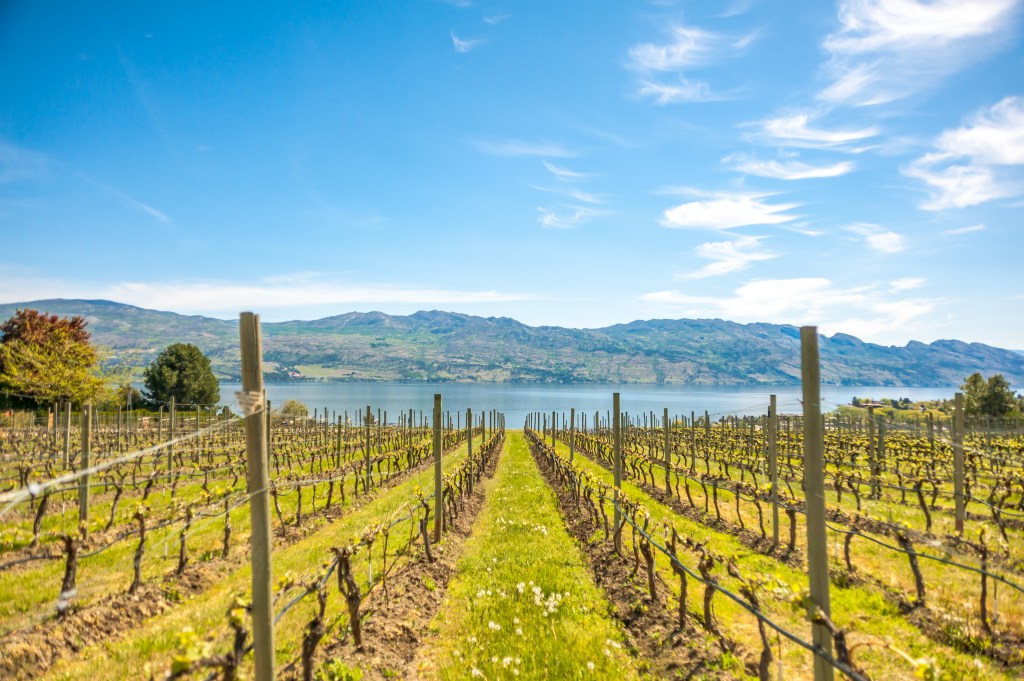
Not far from Nakusp waits Kelowna, another lakeside town with a charming atmosphere. That being said, it’s a much larger and more metropolitan zone, letting you enjoy those modern amenities.
In spring, you can soak up the lakeside views, hike through Hardy Falls Park, or even take a cruise on Okanagan Lake with unique day trips.
But Kelowna is also renowned for its wineries. They dot the areas around the city (Okangan Valley) and come alive each April for BC Wine Month. Notable names include Tantalus Vineyards, The View Winery, and Cedar Creek Estate Winery.
Lastly, you can also go birdwatching in spring. From March to May is a popular time for migrations to pass through.
Here’s where to stay in Kelowna and what to do.
Desolation Sound: remote water adventures
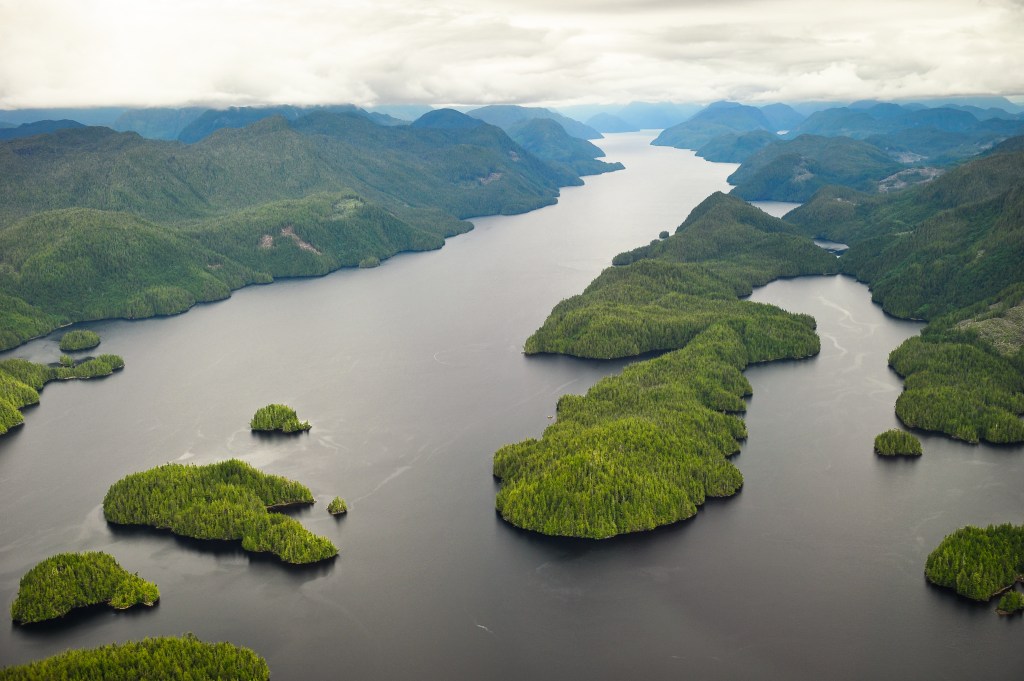
Like the name hints, you won’t find much in Desolation Sound at the tip of British Columbia’s Sunshine Coast. That being said, that’s part of the magic. This gorgeous sound is made up of small islands and inlets where you’re guaranteed privacy to soak up the peaceful views.
It’s a popular choice for kayakers, canoers, and sailors. Or if you want a more hands-off experience, you can join a whale-watching tour, harvest oysters and mussels, and even go swimming as summer approaches. While the views are rugged and misty, the water is often some of the warmest in the country.
